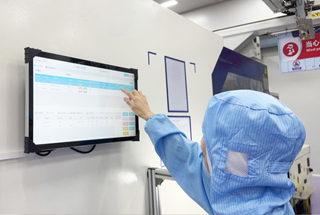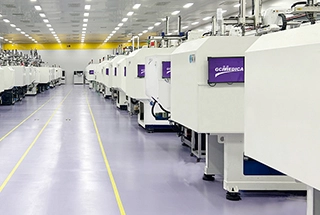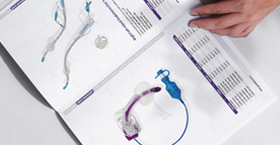Enteral tube feeding and parenteral nutrition are two primary methods for providing nutritional support when oral intake is insufficient or contraindicated. Enteral feeding delivers nutrients directly into the gastrointestinal (GI) tract via feeding tubes (nasogastric, gastrostomy, jejunostomy), leveraging the gut's absorptive capacity and maintaining gut integrity. In contrast, parenteral nutrition bypasses the GI tract entirely by infusing a sterile, nutritionally complete solution—containing amino acids, glucose, lipids, electrolytes, vitamins, and trace elements—directly into the bloodstream, typically through a central venous catheter.
Enteral feeding is generally preferred when the GI tract is functional because it promotes mucosal health, supports immune function, and is associated with fewer infectious and metabolic complications. It also tends to be more cost-effective and physiologic, helping preserve intestinal flora and barrier function. However, it may be contraindicated in cases of severe GI dysfunction (e.g., obstruction, ischemia, high-output fistula). Parenteral nutrition becomes essential when enteral access is impossible or insufficient—such as in patients with short-bowel syndrome, bowel obstruction, or severe pancreatitis—but carries higher risks of catheter-related bloodstream infections, liver dysfunction, and metabolic derangements like hyperglycemia.
Below is a comparative overview:
| Feature | Enteral Tube Feeding | Parenteral Nutrition |
|---|---|---|
| Route | GI tract via feeding tube (oral–stomach–intestine) | Intravenous (central or peripheral vein) |
| Indications | Functional GI tract; inability to meet needs orally | Non-functional GI tract; contraindication to enteral access |
| Nutrient Composition | Standard polymeric or specialized formulas | Customized amino acids, dextrose, lipid emulsions, additives |
| Immunologic & GI Benefits | Maintains gut mucosa and flora; reduces bacterial translocation | No direct gut stimulation; risk of mucosal atrophy |
| Infection Risk | Lower infection rates | Higher risk of catheter-related bloodstream infections |
| Metabolic Complications | Generally fewer; risk of aspiration, tube displacement | Electrolyte imbalances, hyperglycemia, liver dysfunction |
| Cost & Complexity | Less expensive; easier administration; fewer monitoring needs | More expensive; requires strict asepsis and intensive monitoring |
In clinical decision-making, the functional status of the GI tract, expected duration of support, patient tolerance, and risk profile inform the choice between enteral and parenteral nutrition. Whenever feasible, early initiation of enteral feeding is advocated to harness the physiologic advantages of gut utilization. Parenteral nutrition remains a vital alternative when enteral routes fail to meet nutritional goals or are contraindicated, necessitating vigilant monitoring to mitigate its inherent risks.
Related products
- Polyurethane Nasogastric Feeding Tubes
- Polyurethane Y-Port Nasogastric Feeding Tubes


 Français
Français Español
Español Products
Products

 About Us
About Us











